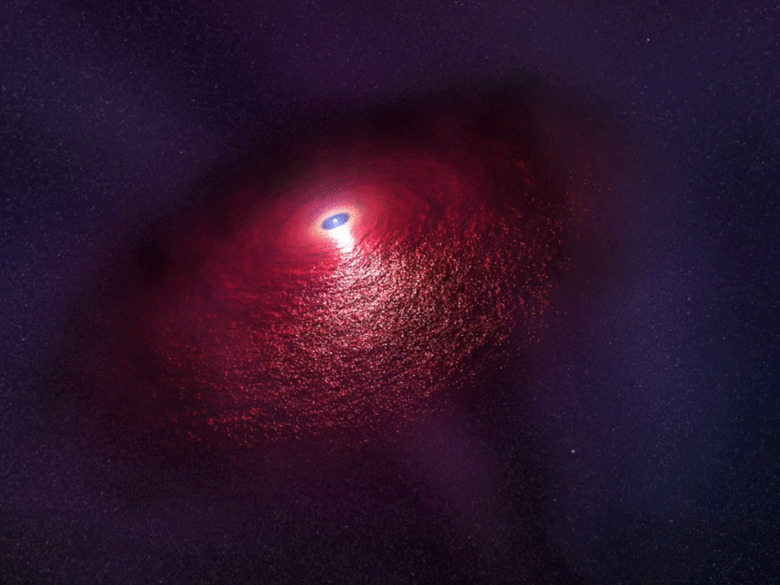Hubble discovery could change our understanding of neutron star evolution
Despite its many years of service, the Hubble Space Telescope is still helping astronomers and scientists to understand the universe. Hubble has discovered features around a neutron star that have never been seen before leaving scientists trying to figure out what has been discovered. Hubble found an unusual infrared light emission around a nearby neutron star.
The discovery indicates two possibilities according to the scientists. One theory is that there is a disc of dust surrounding the neutron star and the other has to do with a strong wind coming off the neutron star and hitting gas in interstellar space that the star is moving through. The neutron star in question is called RX J0806.4-4123.
NASA says that it has observed an area of infrared emission around the neutron star that is about 200 astronomical units, or about 18 billion miles. This is the first item a neutron star extended signal has been seen only in infrared light. The dusty disc theory suggests a "fallback disk" of material that is comprised of matter from the progenitor star is surrounding the neutron star.

Interaction with that material could have heated the pulsar and slowed its rotation, if this theory is confirmed it could change the understanding of neutron stars. The other possibility is a "Pulsar wind nebula." This theory assumes that a pulsar wind exists.
That sort of wind is produced when a shockwave forms as a neutron star moves through the interstellar medium faster than the speed of sound. The shockwave interacts with that medium emitting synchrotron radiation and causing the IR signals that have been seen. Scientists are still trying to determine if either theory is correct.
SOURCE: NASA
